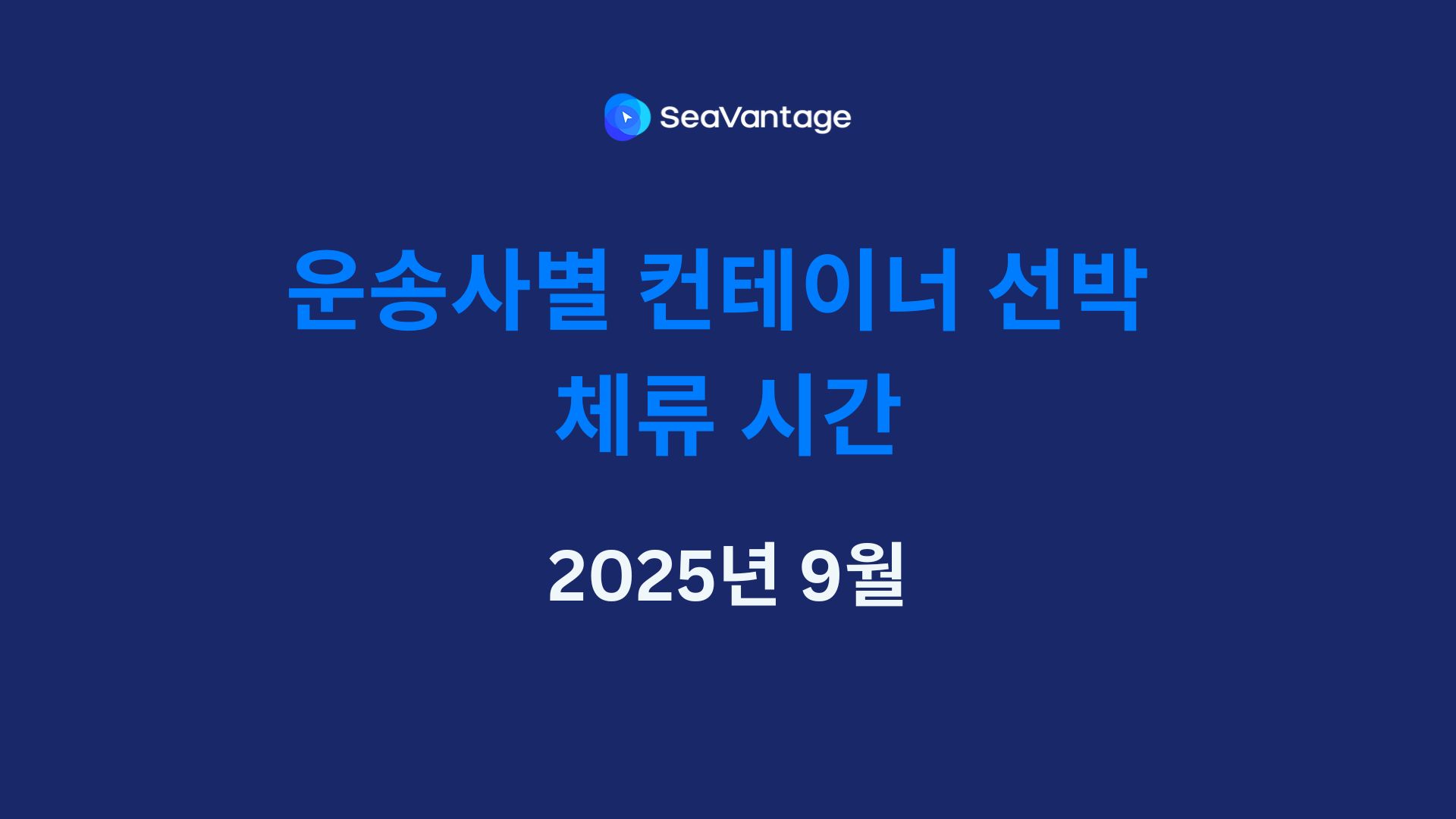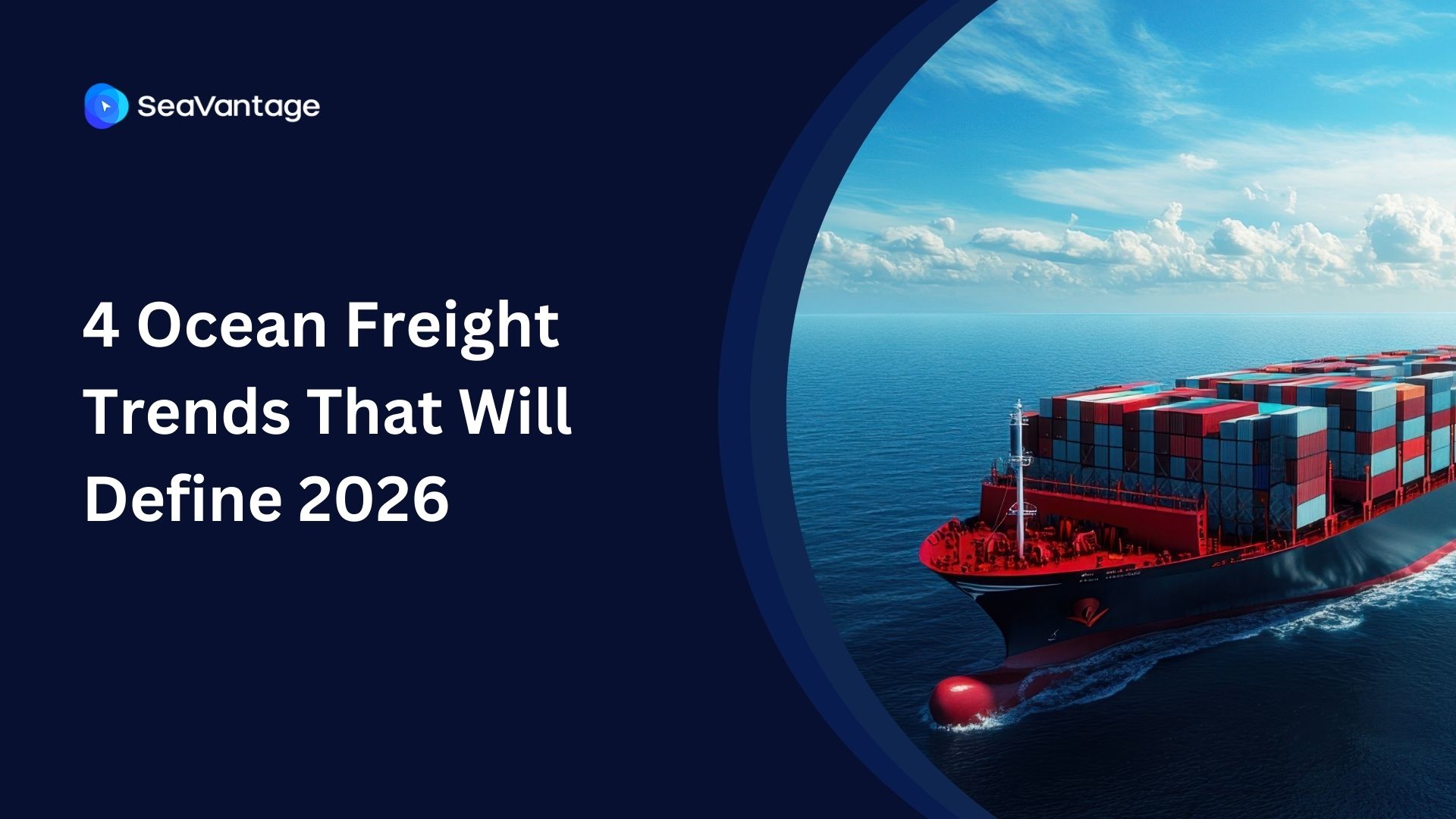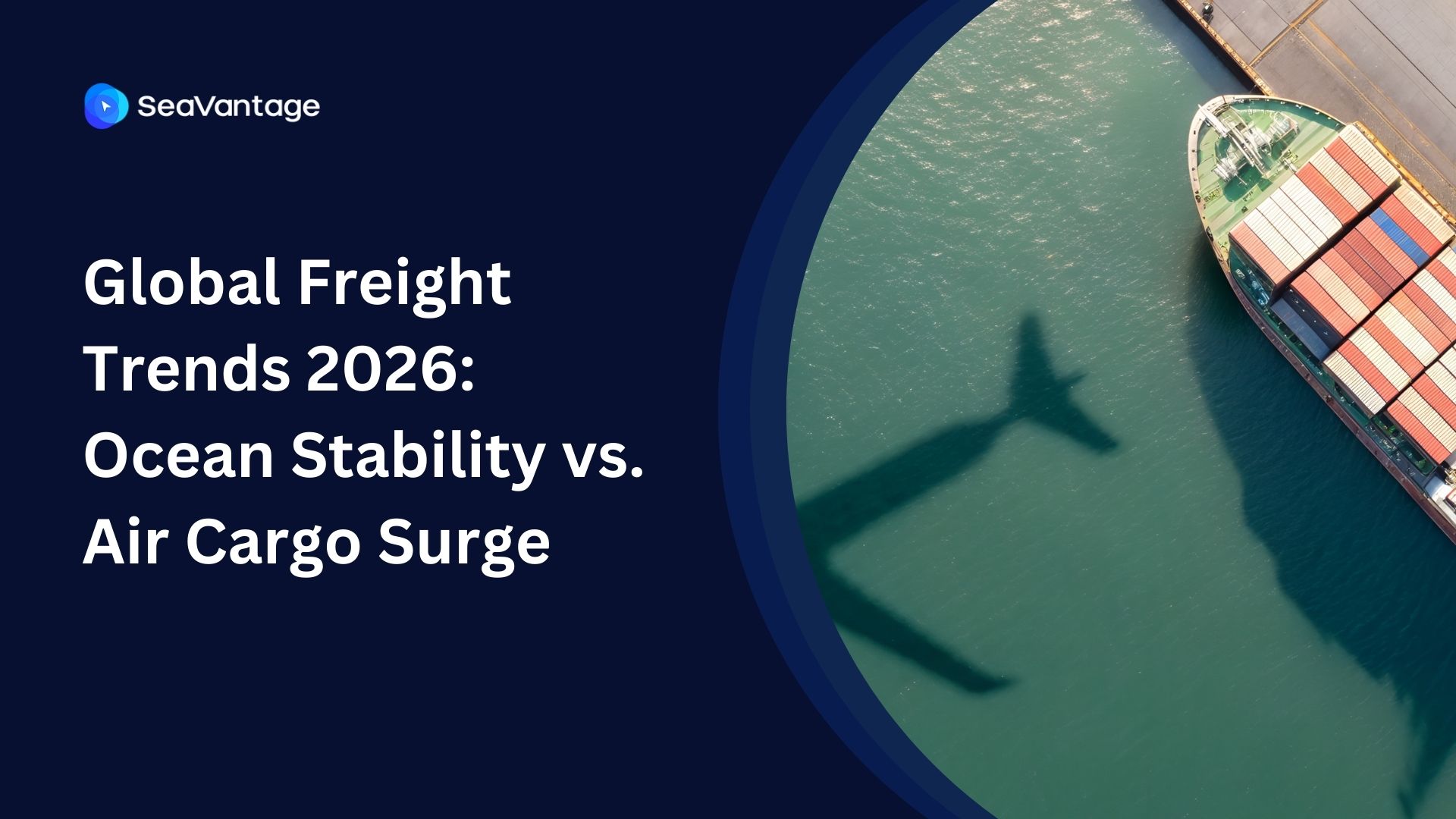Threefold Transparency: The Transformative Power of Multi-Source Data in Supply Chain Visibility
In today's competitive world market, knowing exactly where your shipment is at all times is more critical than ever. The ability to track and manage the movement of goods across the world with precision and real-time updates can make the difference between a thriving business and a struggling one. Now, here's a game-changer: combining three kinds of tracking information - Automatic Identification System (AIS) data from vessels, container milestone data from ocean carriers, and IOT container data - to totally transform how we track things. This way of using information from different sources gives us a clearer picture than ever before, providing unparalleled insights, and ensuring a smoother, more efficient, and transparent supply chain.
Understanding the Key Data Components
1. Automatic Identification System (AIS) Data
AIS is a tracking system used on ships and by vessel traffic services for identifying and locating vessels by electronically exchanging data with other nearby ships, AIS base stations, and satellites. AIS data includes information such as the vessel’s position, speed, and route. This data is crucial for understanding maritime traffic patterns, predicting arrival times, and enhancing the safety and efficiency of maritime operations.
The key to reliable tracking, especially in busy areas, is comprehensive AIS data coverage. Here at SeaVantage, we offer exceptional coverage through a combination of satellite, terrestrial, and dynamic AIS data. No need to worry about blind spots in high-traffic zones, shipping lanes, or bustling ports – we've got you covered
2. Ocean Carrier Data
Shipping carrier data comes from shipping companies like MSC, and MAERSK, which handle the transportation of goods. This data provides details about your specific shipment. It might include things like the container number, booking reference, the current location of the vessel carrying your cargo, and even estimated arrival times at ports. By combining this information with other data sources, like AIS which tracks the ship itself, you get a more complete picture of where your shipment is and when it will arrive.
3. IoT Container Data
IoT container data involves using sensors and connected devices to monitor the condition and location of shipping containers. These sensors can track a variety of parameters, including temperature, humidity, shock, and tilt, providing real-time alerts if any of these parameters deviate from the set thresholds. IoT data ensures that the goods are transported under optimal conditions and alerts stakeholders to any issues that could affect the quality or integrity of the shipment.
The Synergy of Multi-source Data
Individually, AIS data, shipping carrier data, and IoT container data each provide valuable insights into different aspects of the supply chain. However, when combined, they create a comprehensive, real-time view that is far greater than the sum of its parts. Here’s how this synergy works:
Enhanced Real-time Tracking and Monitoring
By integrating AIS data with shipping carrier data and IoT container data, businesses can achieve unparalleled real-time tracking. AIS data offers precise location information for vessels, while carrier data provides detailed shipment status updates. IoT sensors add another layer by monitoring the condition of the cargo itself. Together, these data sources enable businesses to monitor their shipments' exact location and condition in real time, ensuring timely and informed decision-making.
For example, a shipment traveling from Asia to Europe might not receive continuous cellular updates with just IoT data. But, by adding carrier data and AIS, you get a clear picture of its location and other shipment updates – even on the vast ocean – empowering proactive decision-making.
Predictive Analytics and Proactive Management
The combination of these data sources allows for advanced predictive analytics. By analyzing historical and real-time AIS data, businesses can predict potential delays due to weather conditions or maritime traffic. Shipping carrier data provides insights into typical transit times and common bottlenecks, while IoT container data alerts managers to any deviations in cargo conditions that might indicate a problem. This comprehensive view enables businesses to proactively manage their supply chain, anticipating issues before they become critical and mitigating risks effectively.
Improved Efficiency and Cost Savings
With enhanced visibility comes improved efficiency. Real-time data allows for better route planning and optimization and reducing transit times. IoT container data ensures that goods are transported under optimal conditions, reducing the risk of spoilage or damage. These improvements lead to significant cost savings, as businesses can avoid costly delays, minimize wastage, and optimize their logistics operations.
Increased Transparency and Trust
Combining AIS, carrier, and IoT data also enhances transparency across the supply chain. Stakeholders, from suppliers to end customers, can access real-time information about the status and condition of shipments. This transparency builds trust, as customers and partners have visibility into the entire supply chain process, from production to delivery. It also facilitates compliance with regulatory requirements by providing accurate and up-to-date documentation of the goods' journey.
SeaVantage at the Forefront
At SeaVantage, we champion this transformative approach with our IoT cargo monitoring solution. It seamlessly integrates with your existing IoT devices (being "IoT Device agnostic"), allowing you to plug into our robust visibility ecosystem. This translates to continuous real-time updates on the location and condition of your shipments, empowering you to make informed decisions and navigate the global supply chain with confidence.
Conclusion
The threefold transparency—AIS data, ocean carrier data, and IoT container data—represents a transformative approach to supply chain visibility. By leveraging these multi-source data streams, businesses can gain a comprehensive, real-time view of their supply chain, enabling enhanced tracking, predictive analytics, improved efficiency, and increased transparency. In an increasingly competitive and complex global market, this multi-source data approach is not just a technological advancement; it is a strategic imperative for businesses aiming to stay ahead of the curve and deliver unparalleled value to their customers.
2025년 9월, 주요 글로벌 항만에서 어떤 운송사가 가장 긴 선박 체류 시간을 기록했는지 확인해보세요. 트렌드를 비교하고, 지연을 파악하며, 전체 항만 데이터를 통해 운송 전략을 최적화할 수 있습니다.
2025년 8월, 주요 글로벌 항만에서 어떤 운송사가 가장 긴 선박 체류 시간을 기록했는지 확인해보세요. 트렌드를 비교하고, 지연을 파악하며, 전체 항만 데이터를 통해 운송 전략을 최적화할 수 있습니다.
2025년 7월, 주요 글로벌 항만에서 어떤 운송사가 가장 긴 선박 체류 시간을 기록했는지 확인해보세요. 트렌드를 비교하고, 지연을 파악하며, 전체 항만 데이터를 통해 운송 전략을 최적화할 수 있습니다.
iscover the 4 critical ocean freight trends for 2026, from the Red Sea reopening and fleet overcapacity to shifting global trade maps. Prepare your supply chain now.
Discover key 2026 freight market trends: Port of Houston expansion, air cargo "super peak," and ocean freight stability. Plan your supply chain with SeaVantage.
Explore November 2025 global port dwell time data. See which ports and carriers led in efficiency across Antwerp, Busan, Long Beach, Rotterdam, and Singapore.



.svg)





.jpg)

.png)